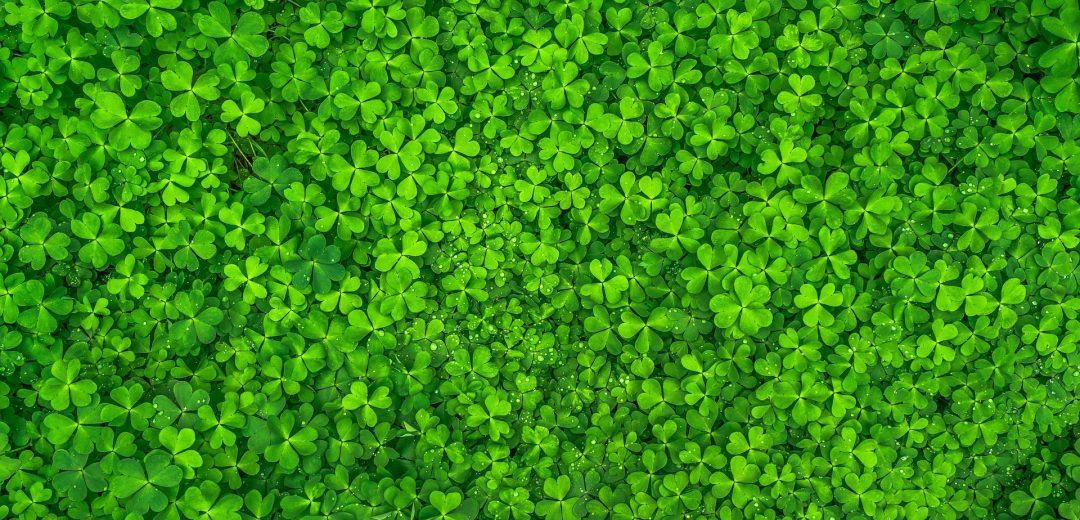Photosynthesis in plants is nature’s way to turn light into chemically usable energy. A growing branch of research has the goal to artificially imitate the photosystem of chloroplasts, but has mostly failed to achieve a comparable efficiency.
The chloroplast is an organelle found in plants and cyanobacteria that conducts photosynthesis to convert solar energy into the “energy currency” of life – adenosine triphosphate (ATP). The main parts of photosynthesis are carried out by protein complexes termed photosystem I and photosystem II. Water splitting in the final step generates ATP and oxygen, accompanied by the reduction of nicotinamide adenine dinucleotide phosphate (NADP) to nicotinamide adenine dinucleotide phosphate (NADPH).
Unfortunately, this system uses merely the visible spectrum of light, thereby excluding almost 90% of the sun’s energy. Strategies to mimic the photosynthetic processes try to circumvent this by using light-harvesting nanomaterials for converting UV-light into visible light, which in turn can be absorbed normally by the photosystem.
Such conversion strategies so far only generated blue light, resulting in a poor match of the absorption spectrum of chloroplasts. Researchers from South China Agricultural University, P.R. China and Georgia Southern University, USA have taken a different route: Yingliang Liu, Bingfu Lei, and co-workers describe how carbon quantum dots can be integrated into the photosystem to achieve an almost 3-fold increased adenosine triphosphate production by converting UV-light into blue and red visible light.
The scientists generate light-harvesting carbon dots from the plant Phellodendron chinense by hydrothermal extraction with ethanol. The carbon dots are derived from chlorophyllic porphyrins – an aromatic core with porphyrins on the outside results in strong UV-light absorption combined with emission of both blue and red light. Bringing the dots into contact with the outer membrane of chloroplasts promotes photosynthesis both in vitro and in the leaves of living Rome lettuce.
Visit Advanced Functional Materials to learn more about this exciting finding at the interface of nanotechnology and plant biology and other outstanding research.

















